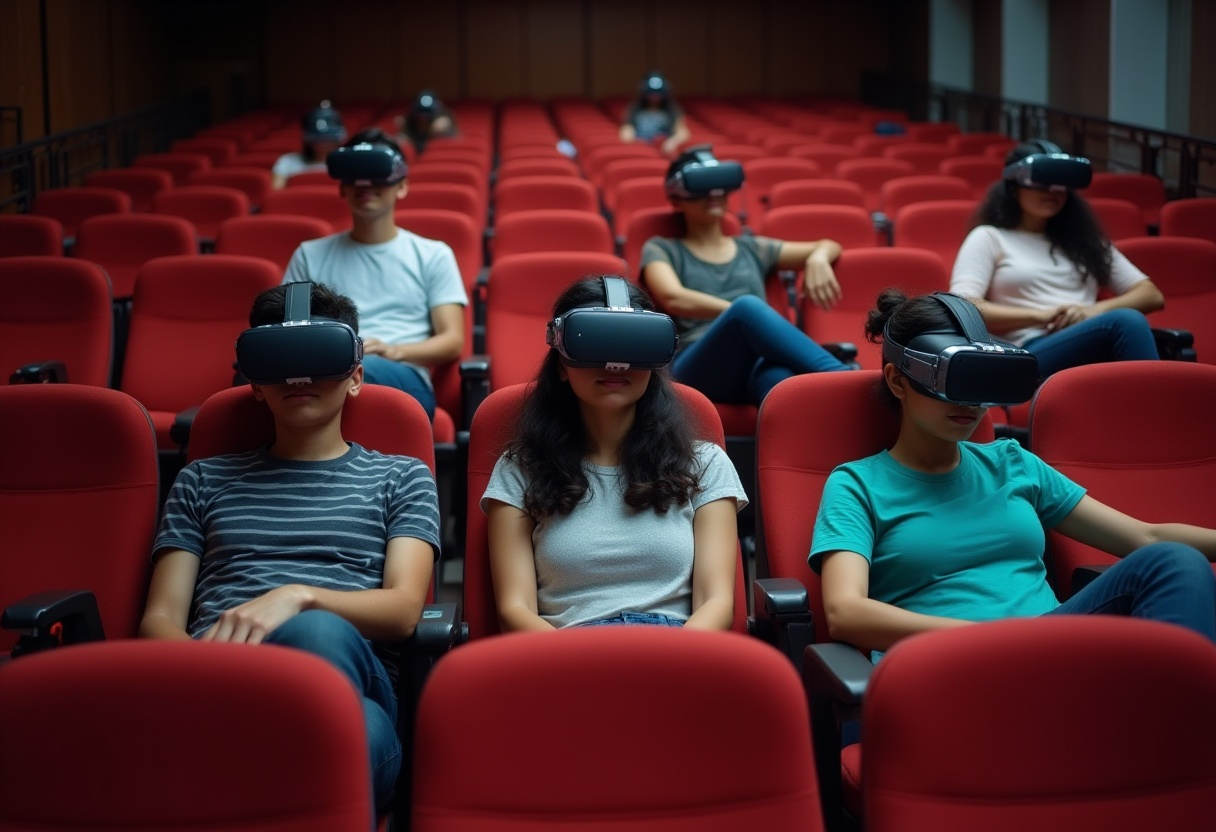Challenges and Solutions in Adopting VR for Campus Hiring in India
Virtual Reality (VR) is no longer just a buzzword in gaming and entertainment—it’s making waves in education, training, and more recently, recruitment. As companies seek new ways to attract and assess top talent, particularly from campuses, VR presents a powerful tool to stand out and streamline the hiring process.
But while the potential is immense, implementing VR in campus placements in India comes with its own set of challenges—from infrastructure limitations to adoption barriers. In this blog, we’ll unpack the key obstacles corporates face in deploying VR for campus hiring, and offer practical solutions to overcome them.
Why Consider VR for Campus Hiring?
Before diving into the challenges, it’s important to understand what’s driving interest in VR for campus recruitment:
-
Immersive employer branding: Let students experience your culture, workplace, and role expectations in a memorable way.
-
Standardized skill assessment: Simulate real-world tasks to evaluate soft skills, decision-making, and job readiness.
-
Engagement across geographies: Reach students across tier-1 and tier-2 cities without sending recruiters everywhere.
Clearly, the appeal is strong. Now let’s look at what’s holding organizations back—and how to move forward.
Top 5 Challenges in Adopting VR for Campus Hiring in India
1. Limited Access to VR Hardware on Campuses
Many Indian colleges, especially in tier-2 and tier-3 cities, lack VR headsets or compatible infrastructure.
Solution:
-
Develop web-based or mobile VR experiences that don’t require a headset. These can be viewed on laptops or phones with basic interactivity.
-
Partner with select institutes to deploy VR kits or host demo days with portable VR labs during campus drives.
2. High Development Costs
Creating custom VR simulations, environments, or assessments can be expensive for one-off campus events.
Solution:
-
Start small with modular VR assets that can be reused across roles and locations.
-
Consider white-labeled VR platforms or SaaS providers offering customizable experiences at lower costs.
-
Use 360° video-based VR as an affordable entry point before moving to full interactivity.
3. Low Familiarity with VR Technology Among Students
Many students may have never used VR before, leading to hesitation or confusion during campus engagements.
Solution:
-
Offer a simple onboarding tutorial at the start of the VR experience.
-
Keep interactions intuitive, with clear prompts and minimal learning curve.
-
Use mixed-reality or hybrid experiences that blend video and VR to ease the transition.
4. Bandwidth and Connectivity Constraints
Smooth VR experiences often require good internet speeds—something not all campuses can guarantee.
Solution:
-
Build offline-compatible VR experiences that can be downloaded and run locally.
-
Optimize assets for low-bandwidth environments by reducing file sizes and using compressed formats.
-
Host VR booths at key institutes with preloaded content on local devices.
5. Skepticism from Internal Stakeholders
HR and recruitment teams may be skeptical of VR’s ROI or may lack the digital maturity to implement it.
Solution:
-
Pilot VR experiences with clear success metrics—e.g., candidate engagement, application quality, or brand recall.
-
Provide training and enablement for HR teams to integrate VR into existing workflows.
-
Share case studies and benchmark data from early adopters in India and globally.
The Way Forward: Practical Adoption Path for India
If you’re a corporate looking to adopt VR for campus hiring in India, here’s a recommended roadmap:
-
Start with low-investment immersive content: 360° office tours, interactive company stories, or virtual pre-placement talks.
-
Run a pilot in 3–5 campuses across different regions to test adoption and feedback.
-
Scale up with modular VR assessments tailored to job roles—especially in tech, operations, and client-facing roles.
-
Build partnerships with institutes and student communities to drive engagement and access.
-
Capture and analyze engagement data to continuously improve the VR experience and measure ROI.
Conclusion: The Opportunity is Real, If You’re Prepared
Yes, there are challenges in bringing VR to Indian campus placements—but none are insurmountable. With the right strategy, partners, and technology, companies can leap ahead of the competition and create recruitment experiences that students remember—and trust.
Adopting VR is not just about technology. It’s about future-proofing your campus hiring strategy and showcasing your brand as one that innovates, adapts, and puts candidate experience first.




